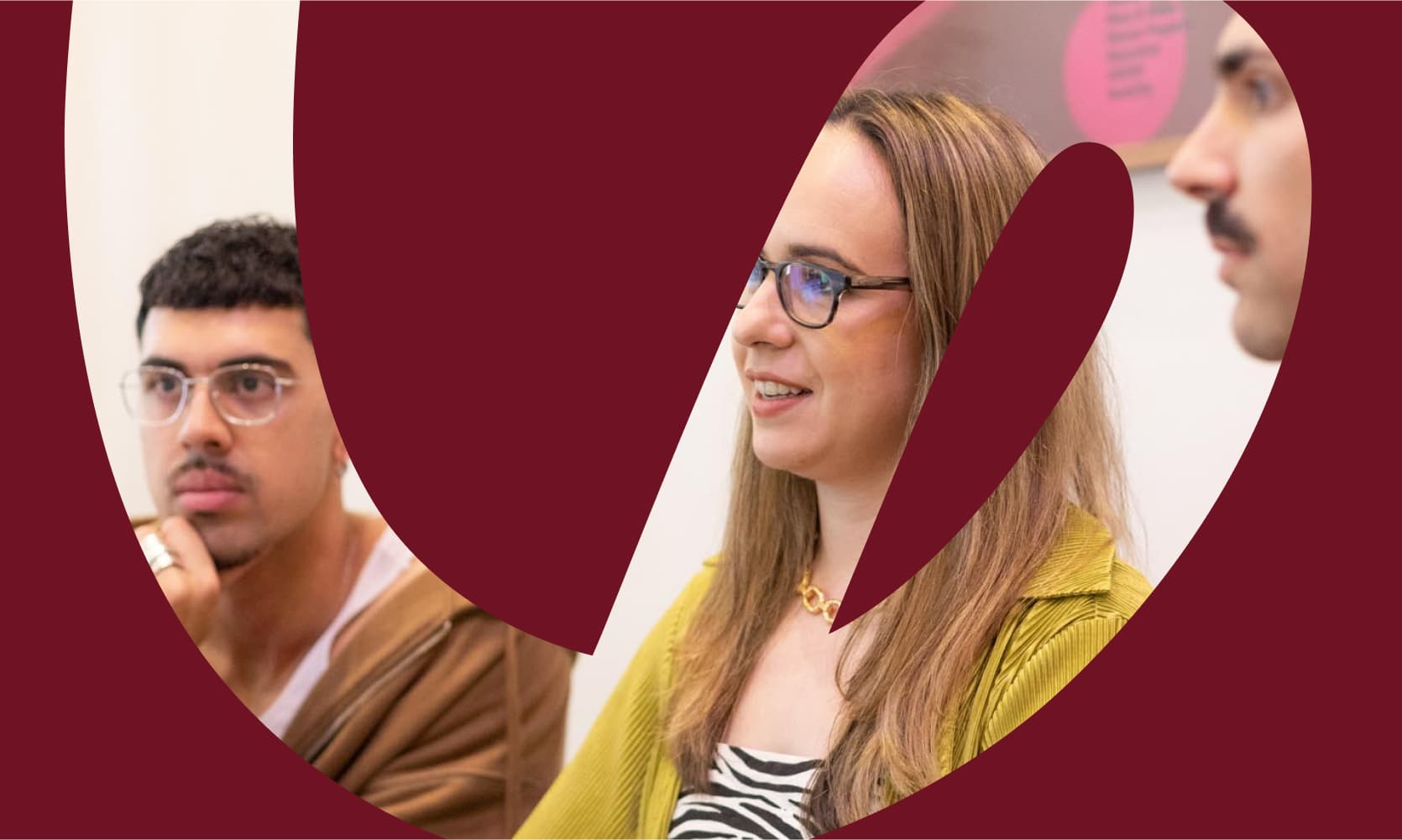New Ways To Do Research
16 February 2023

Data isn’t that interesting. The rise of creative research methods is.
My dad keeps sending me TikToks. The content consists primarily of remixed Bowie concert clips and snowboard tricks. It’s pretty interesting/scary in itself, but this newfound family hobby points to a wider trend we’re seeing — people are becoming less predictable. The world changed, covid happened and a tonne of new channels, subcultures, and types of content appeared. It is an incredibly interesting time to be in communication design. Predictability is out and creativity is in.
We can no longer rely on data, numbers are being replaced with collections of patterns, grassroots trends, and shared views creating virality. What data lacks is an in-depth and necessary analysis of audience intent & needs. So, how can strategy adapt?
Here are a couple of alternative ways to approach market research…
Co-create Personas
This activity is really helpful for projects where you can’t directly interview the target audiences due to logistics, budget, etc. Traditionally, personas are created by the project team in response to a research phase — combining market data with client workshops. It’s effective and says to the client, “We’ve taken it all in and we understand the humans you’re trying to reach.” Internally, you can use these personas as a constant ‘return to base’ to validate your concepts.
With a bit of planning and creativity, you can supercharge these personas by getting diverse people in a room pretending to be people. These co-creation sessions can begin by presenting the standard market data as an intro session. From here, focus on facilitating a workshop that gets your team and your clients to create characters and roleplay their situation, needs, and intent.
Some tips on how to run a good co-creation persona workshop:
- Pick an odd mix of participants: Bring in your strategists and pair them up with those who haven’t done a workshop before, but also, look outside of your research team to designers and other creatives. From the client side, look for at least four participants with the hope of having 8-12 personas created during the session.
- Make it tangible: Create a persona template to guide the crux of the session. This template should provide space to give a character overview of who your persona is, what they are looking for, their barriers, and how they’d engage with your brand.
- Set the scene: Acting is not a natural skill set for most people. Host your session somewhere private, inspiring, and spacious. Bring a bunch of healthy snacks and beverages. Schedule lots of breaks for people to take a breather. And lastly, consider if your project has any sensitivities attached to it that some participants might find triggering, and inform everyone in advance.
Track social trends with a multi-media lens
To harp back to my dad’s newfound love for TikTok, social media is now a staple across most generations in most parts of the world. It’s used extensively by businesses, communities, and individuals. A social media analysis gives strategists real-time insight into cultures, subcultures, and what’s making people tick.
Here are some unconventional ways we use social media as a research tool:
- Geo-based searches to find local viral moments: We do a lot of placemaking projects in both suburban and regional areas. Certain platforms such as Instagram and TikTok allow us to view aggregated popular stories based on location. To break that down, you can jump on your phone and find the entire vibe of a place from the people experiencing it. Take inspiration from the language and content styles used. You’re guaranteed to find interesting insights with some simple groundwork.
- Take audio trends seriously: Viral TikTok sounds are really weird. They’ve shown us that, apart from the fact that attention spans are becoming non-existent, audio can be as important as words and images. Focus on your target audience or the marketplace your brand is/will be positioned, analyse audio trends – TikTok, music platforms, trending podcasts. Are there any patterns emerging? Could any insights be incorporated into your brand strategy or translated into visual concepts? If getting into the sticks seems a bit overwhelming, start with aggregated trend reports such as Spotify’s Culture Next Report or Podcast Trends Report.
To summarise, the point is that an effective research process in this new climate can (and I would argue) should be creative. Keep the data analysis, keep the stakeholder questionnaires, and definitely keep the workshops. But, take into account that social media now leads all trends — changing how businesses and people think. Apply that thinking to channel exploration and/or planning your next co-creation workshop.